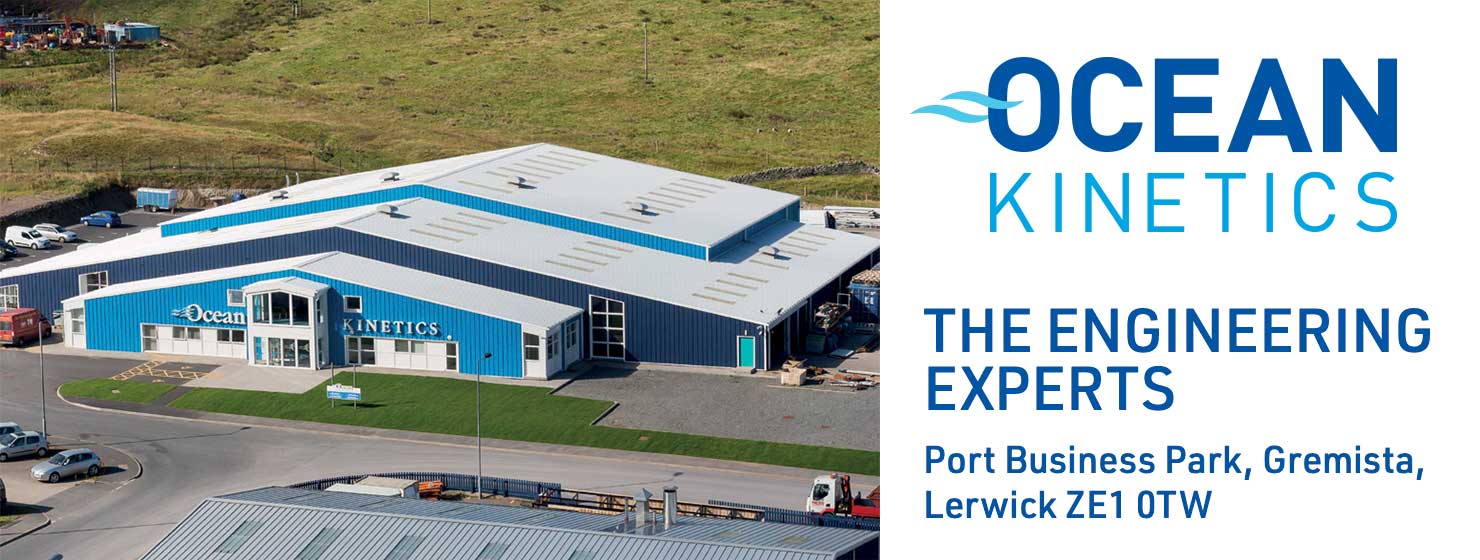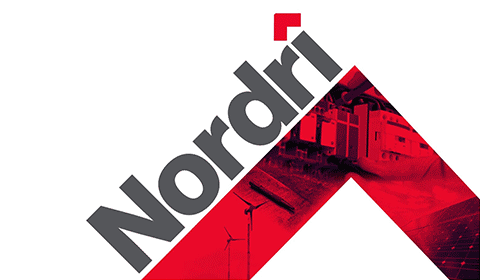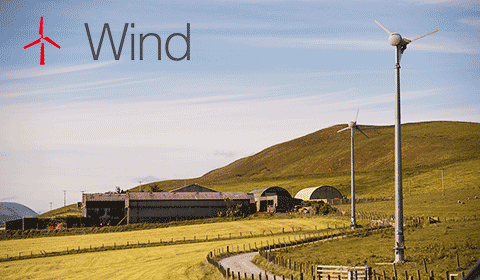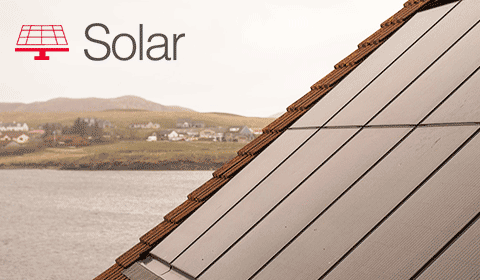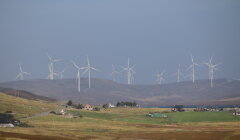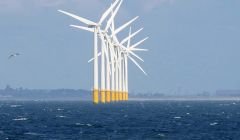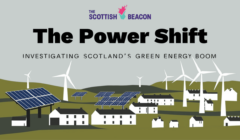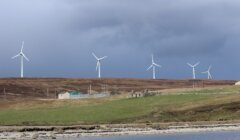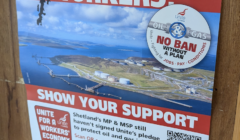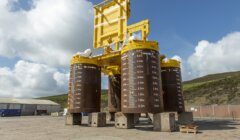Letters / A just transition for developers, investors and landowners
Shetland is not merely a remote location on the map; it is a home for thousands of people, a place of rich cultural heritage, and a landscape of extraordinary natural beauty.
The ongoing push to industrialise Shetland’s landscapes with large-scale wind farms, hydrogen and ammonia production facilities, and data centres threatens to undermine what makes our islands unique.
While renewable energy and technological advancements are crucial parts of addressing global challenges, we must ask ourselves at what cost.
The construction of these developments and associated infrastructures will cause significant medium-term disruption to local communities, especially in areas like Yell, where single-track roads make transportation of large components a logistical challenge. This means that residents will face increased traffic, noise, potential damage to local roads and significant impact to daily life.
Some may argue that, given Shetland’s exceptional wind resources, our islands must continue to contribute to the national climate effort. Indeed, tackling climate change is a collective responsibility.
However, it is also essential to recognize that Shetland has already made a significant provision in terms of renewable energy. Just as other regions, like Lincolnshire, are accommodating large solar farms, it is crucial that we balance these developments with fairness and respect for local communities.
To make the argument that we should accept what is being done to us, because similar things are happening elsewhere is disingenuous.
If the similar things are happening elsewhere (wherever they happen to be), then that should be scrutinised in equal measure, not used as an argument to suggest what is happening in Shetland should be accepted.
A truly just transition requires that the burdens and benefits of renewable energy are shared equitably.
At present, landowners who host turbines or associated infrastructure stand to gain substantial financial rewards, while their neighbours—who must live with the visual, auditory, environmental consequences and everyday disruption during development —receive nothing.
Likewise, a number of local business owners have been persuaded by the prospect of significant returns from investing in projects such as Energy Isles.
The expectation of financial gain may make it harder to acknowledge the broader harms of such intensive industrialisation. The situation challenges the notion of fairness and places an undue burden on those who do not share in the benefits.
Moreover, while we recognize the urgency of combating climate change, it is crucial to acknowledge that the impact of these developments on global emissions will be negligible.
In the grand scheme, Shetland’s contribution to reducing global carbon emissions is tiny, and thus, the ecological and environmental costs of large-scale industrialisation may outweigh the benefits.
We must ensure that our pursuit of renewable energy does not lead to further disproportionate harm to our local environment and communities.
As we navigate the path to a sustainable future, let us remember that Shetland’s value lies not just in its wind but in its people, culture, and untouched landscapes.
Industrialisation should not come at the expense of what makes Shetland truly special. Let us strive for solutions that honour and protect our home, ensuring that future generations can enjoy the same Shetland that we cherish today.
Adrian Brockless
Yell
